Dining out in America is a unique experience, filled with habits and customs that might seem completely normal to locals but can baffle international visitors. From tipping etiquette to free refills, here are 13 restaurant customs that set Americans apart from the rest of the world.
1. Tipping Generously

Tipping is a deeply ingrained part of American dining culture, with diners expected to leave an additional 15-25% on top of their bill. In many other countries, service charges are already included, or tipping is only for exceptional service. American servers often rely on tips as their primary income since their base wages are significantly lower than in other countries. This practice can surprise visitors who come from places where service staff receive a full salary regardless of gratuities.
Many foreigners struggle with the pressure of determining the appropriate amount to tip. In contrast, Americans tip reflexively, even for mediocre service. The tipping culture extends beyond restaurants to delivery drivers, baristas, and even hotel staff. While some restaurants are experimenting with no-tipping policies, the practice remains a dominant feature of American dining.
2. Free Refills
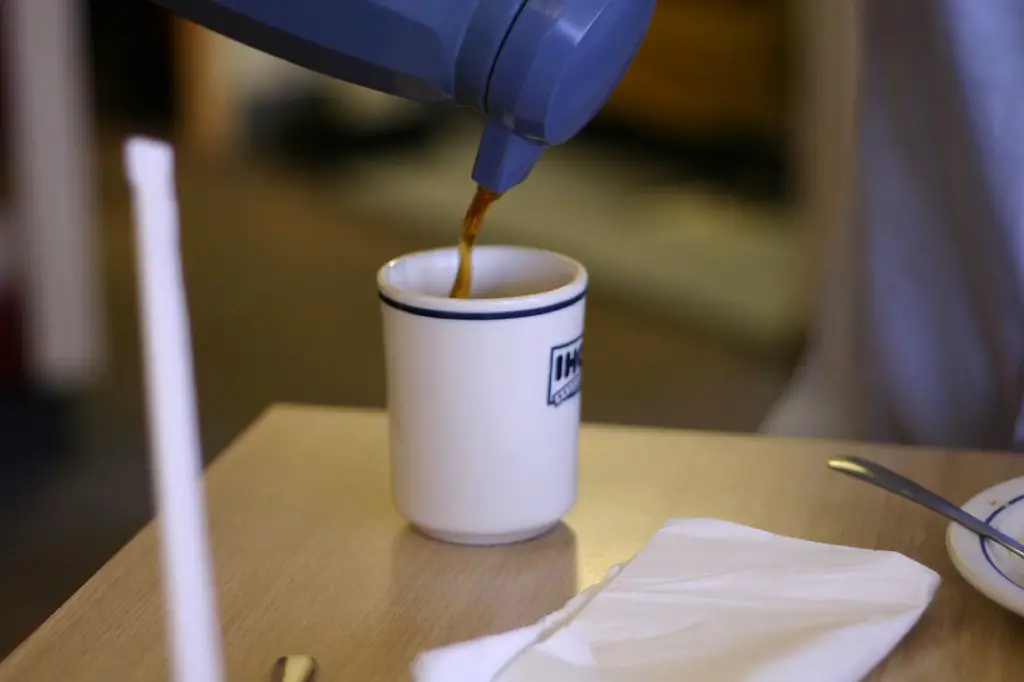
One of the biggest surprises for international visitors is the concept of free drink refills. In many U.S. restaurants, once you order a soda, iced tea, or coffee, you can get unlimited refills without paying extra. This is almost unheard of in Europe and other parts of the world, where each drink is purchased separately. The ability to drink as much as you want without extra charges makes American dining more appealing to those who love a good value.
The practice extends to fast-food chains and sit-down restaurants alike. Some establishments even proactively refill drinks without asking, assuming customers will appreciate the service. While Americans take this for granted, visitors often hesitate, unsure if they’ll be charged for the extra beverage. The policy reinforces the idea of American restaurants offering generous portions and perks.
3. Splitting Checks
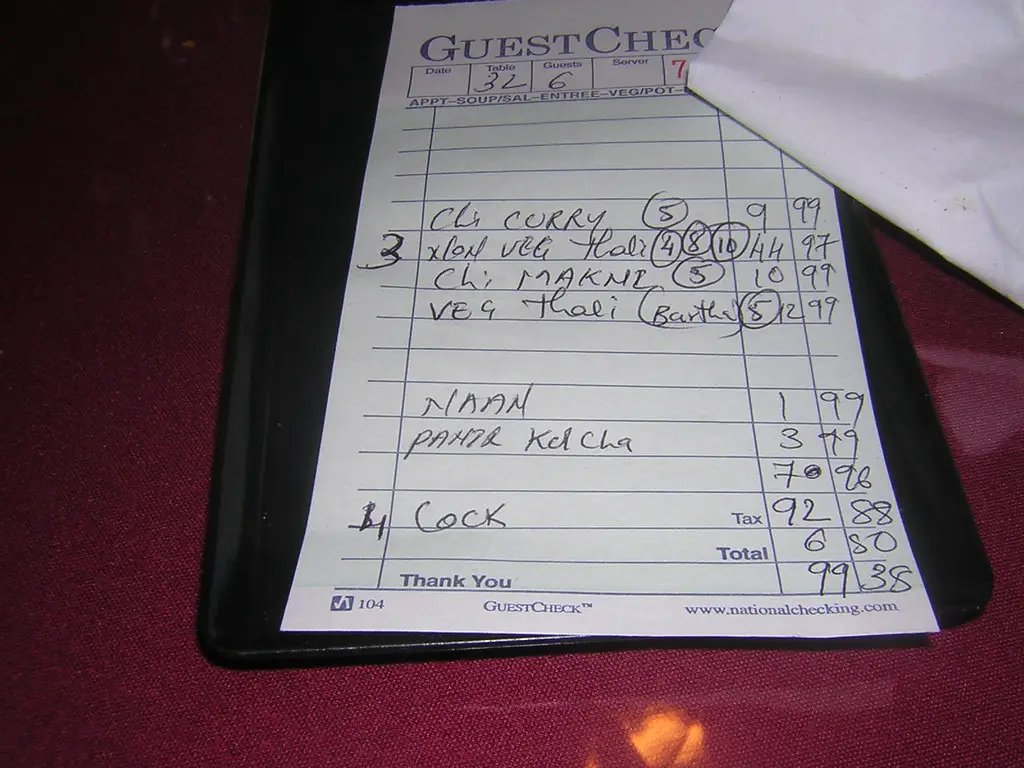
In many countries, asking to split a bill among multiple people is considered rude or inconvenient. However, in the U.S., it’s perfectly normal for friends or colleagues to request separate checks. Waitstaff are typically accustomed to this request and can easily divide the bill according to each diner’s order. This practice removes the awkwardness of calculating individual shares and simplifies payment.
While convenient, splitting checks is uncommon in other countries, where it’s expected that one person covers the bill and others pay them back later. Some restaurants outside the U.S. may even refuse to divide a check. Digital payment apps have made it easier for Americans to transfer money instantly, but restaurants still cater to the preference for individually itemized receipts. The ability to split checks reinforces America’s culture of financial independence and convenience.
4. Ice in Every Drink
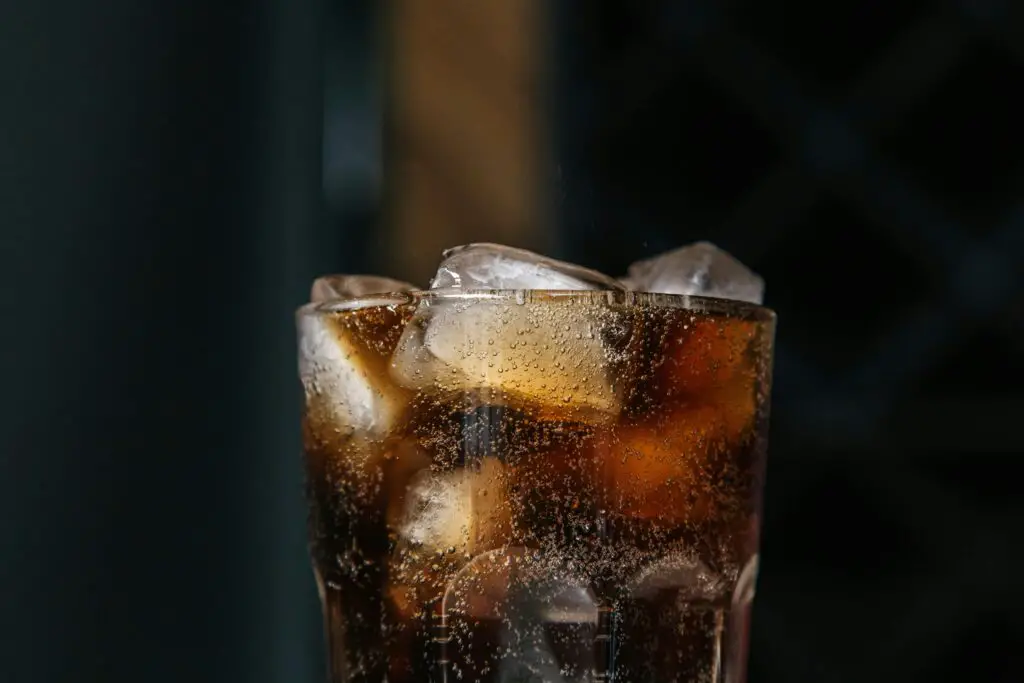
Americans love their drinks ice-cold, often filling glasses to the brim with ice before adding the beverage. In contrast, many other countries serve drinks chilled but without excessive ice. Europeans, for example, often prefer their soft drinks with minimal or no ice, as they believe it dilutes the flavor. The American obsession with ice extends to restaurants, where water and soft drinks are automatically served with it unless specified otherwise.
Some visitors find the abundance of ice unnecessary, while others appreciate the extra chill factor. Fast-food chains and restaurants even offer large cups filled with more ice than liquid, which can be frustrating to those who want more drink for their money. Some international travelers even request “no ice” when ordering, only to be met with confused looks from waitstaff. The love for ice remains one of the most puzzling yet defining traits of American dining culture.
5. Large Portion Sizes
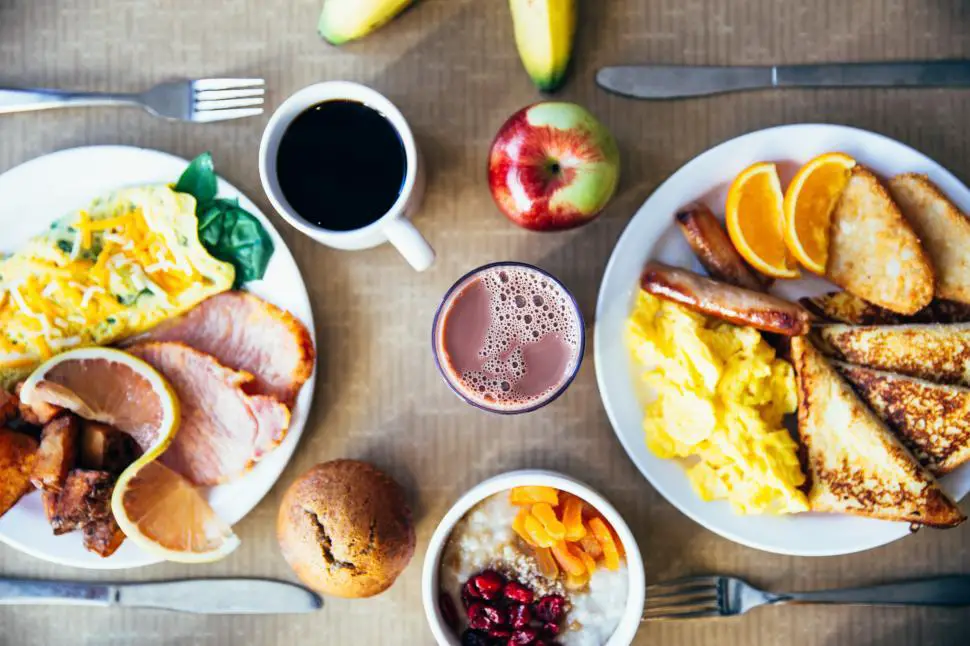
American restaurant portions are notoriously large compared to those in other countries. A single meal in the U.S. often contains enough food for two or even three people, shocking visitors accustomed to more modest serving sizes. This practice reflects America’s value-for-money culture, where bigger portions are perceived as a better deal. Many restaurants even allow customers to take leftovers home, further reinforcing the appeal of oversized servings.
Visitors often struggle to finish their meals, unaware of how large the portions will be when ordering. Some restaurants offer “half portions,” but even those can be substantial. While Americans see this as a benefit, international diners sometimes feel overwhelmed by the sheer volume of food. Despite concerns over food waste and health, large portions remain a staple of the American dining experience.
6. Constantly Checking In on Guests

American waitstaff are trained to check on diners frequently throughout their meal. They ask questions like, “How’s everything tasting?” or “Do you need anything else?” While meant to ensure a positive dining experience, it can feel excessive to visitors from countries where service is more hands-off. In places like France or Japan, servers typically wait until they’re called rather than interrupting conversations.
Some guests appreciate the attentiveness, while others find it intrusive. This custom stems from the service-oriented nature of American restaurants, where good tips depend on excellent customer service. Servers walk a fine line between being helpful and annoying, but in the U.S., proactive service is generally expected. Foreign visitors often find themselves wondering whether they need to respond to every check-in or simply nod politely.
7. Fast-Paced Service
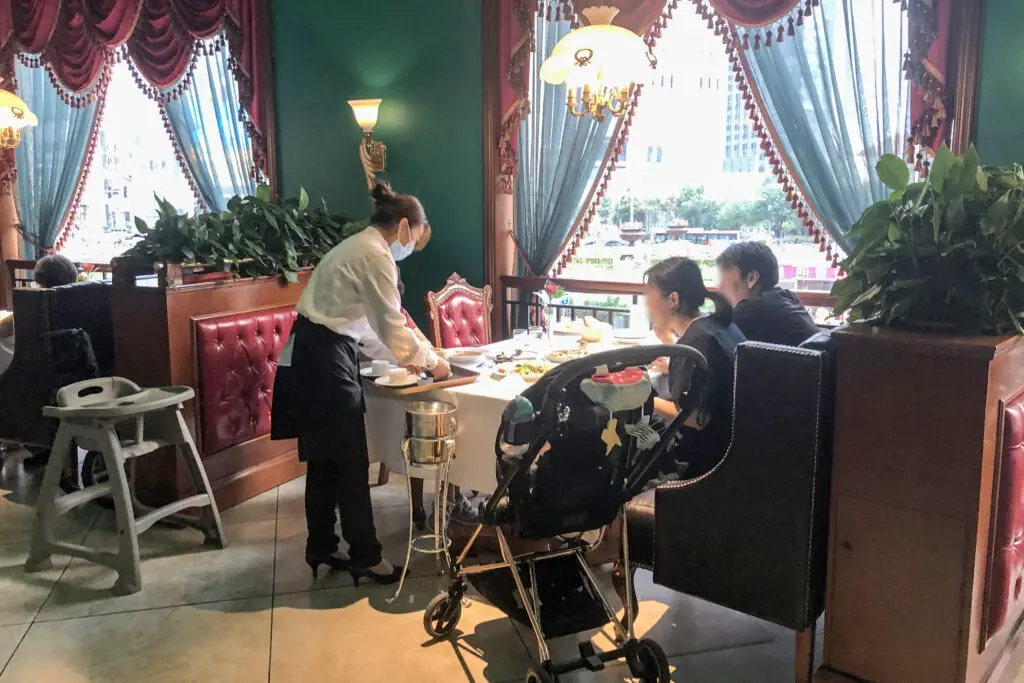
Dining in America is often much faster than in other parts of the world. Many restaurants aim to turn tables quickly, leading to meals being served and cleared rapidly. In Europe and Asia, meals are seen as leisurely affairs, often lasting hours. Americans, however, are accustomed to eating quickly and moving on to their next activity.
Foreign visitors might feel rushed when their plates are whisked away moments after finishing. Some restaurants even bring the check before it’s requested, a stark contrast to countries where diners must ask for the bill. This efficiency-driven approach reflects America’s fast-paced culture, where time is money. While some appreciate the quick service, others feel pressured to leave before they’re truly ready.
8. Paying at the Table
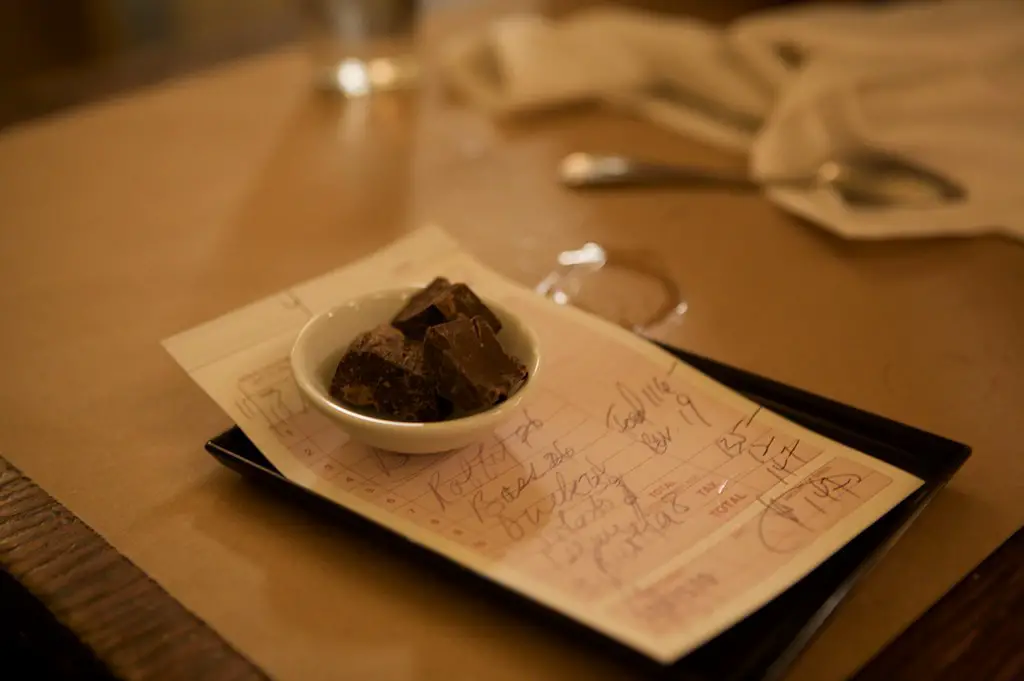
In many countries, diners walk to the register to pay their bill after a meal. In the U.S., however, checks are usually brought to the table, and customers pay from their seats. Credit card transactions are also handled tableside, with servers taking the card away and returning with a receipt. This convenience surprises many international visitors, who are accustomed to handling payments differently.
Some countries prioritize security by keeping the card in sight at all times. In contrast, Americans trust their waitstaff to process payments and return with the bill. While the system is efficient, it can be confusing for those unfamiliar with it. The ability to pay without leaving the table further highlights the American emphasis on convenience and efficiency.
9. Customizing Orders
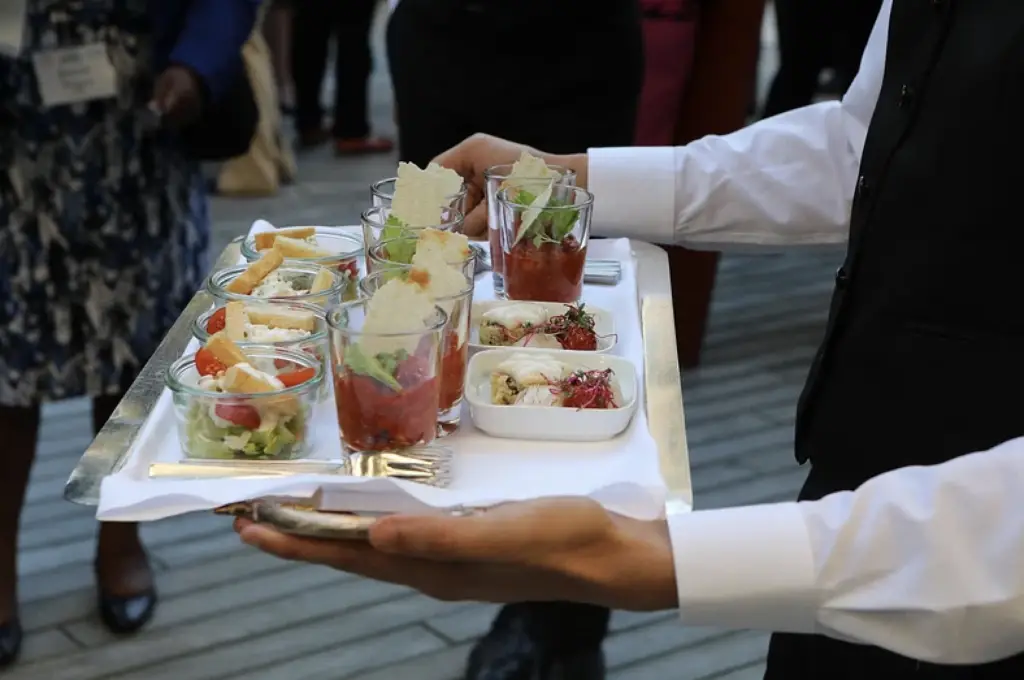
Americans are known for modifying their meals to suit their preferences. Whether it’s asking for substitutions, extra toppings, or specific cooking instructions, customization is widely accepted. In many other countries, menus are more rigid, and special requests may be met with confusion. This flexibility reflects the American emphasis on personal choice and customer satisfaction.
Restaurants often accommodate dietary restrictions and food allergies without hesitation. While this is seen as great service in the U.S., it can be considered rude elsewhere. Some chefs take pride in their dishes as they are and may not appreciate alterations. However, in America, the customer is always right, making customization a normal part of dining out.
10. Doggie Bags and Leftovers

Unlike in many European and Asian countries where taking leftovers home is uncommon or even frowned upon, Americans often ask for a to-go box without hesitation. Many U.S. restaurants provide sturdy containers, sometimes even designed to keep food fresh for longer. This practice stems from the country’s large portion sizes, making it nearly impossible for many diners to finish their meals in one sitting. Instead of wasting food, customers see taking home leftovers as both practical and economical.
Beyond portion sizes, the cultural acceptance of leftovers ties into America’s emphasis on convenience and value. People frequently eat their restaurant leftovers for lunch the next day, stretching the value of a single meal into two. Some high-end restaurants may discourage the practice, but most casual and chain restaurants fully embrace it. The ease of taking leftovers home highlights America’s broader approach to dining, where quantity and flexibility are prioritized.
11. Free Bread or Chips
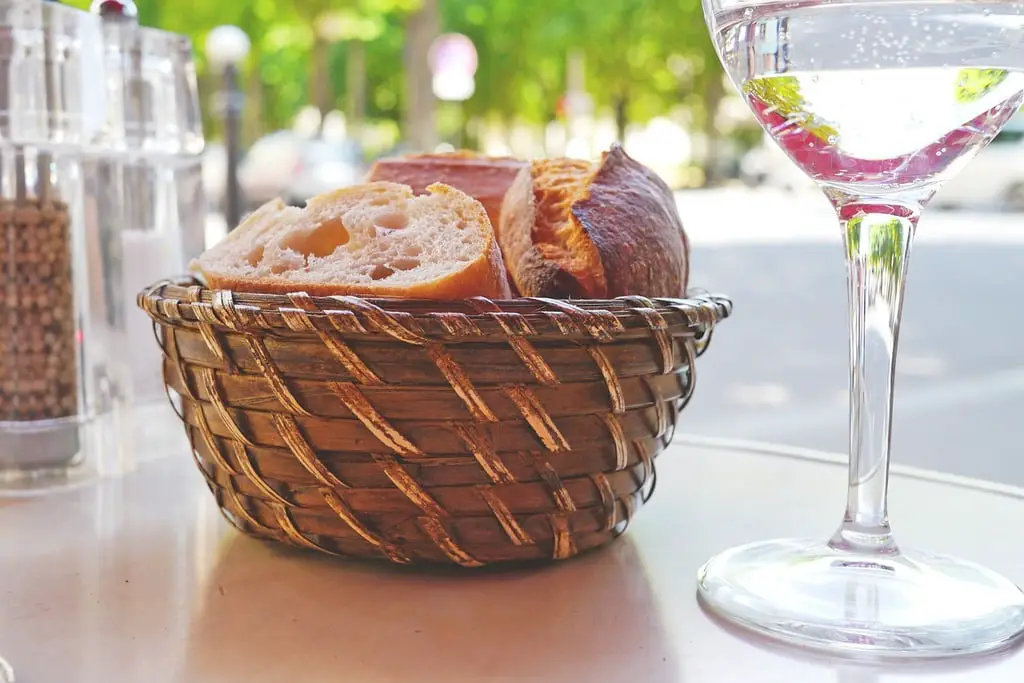
Many American restaurants offer complimentary bread, rolls, or chips and salsa before the main course, a practice that surprises many international visitors. In other countries, bread is often an extra charge, and pre-meal snacks are rarely offered for free. This custom is especially common in Italian, Mexican, and steakhouse-style restaurants, where servers automatically bring out a basket of food at the start of the meal. While customers appreciate the added perk, it often results in filling up before the entrée arrives.
Restaurants use free starters as a way to enhance the dining experience and encourage customer satisfaction. Some establishments even bake their bread in-house or offer unique spreads to differentiate themselves. However, it’s not uncommon for diners to overindulge, leading them to take home part of their main course. Whether seen as an added hospitality touch or a clever tactic to encourage drink orders, free pre-meal snacks remain a hallmark of American dining.
12. The Overuse of Ranch Dressing
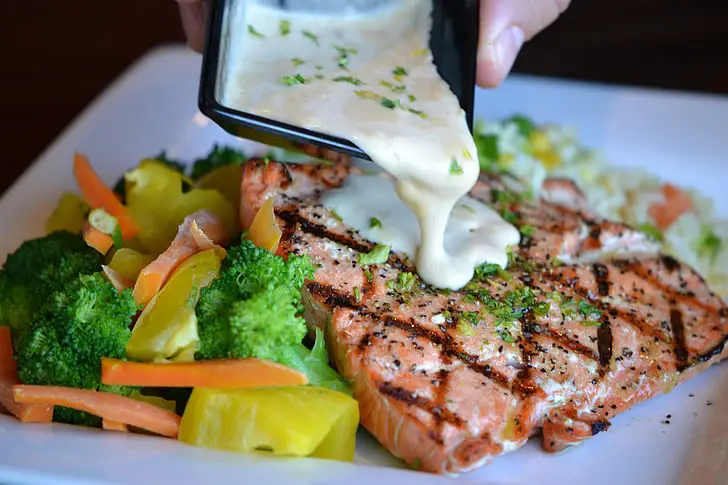
Ranch dressing is one of America’s most beloved condiments, found in nearly every casual dining restaurant. While it was originally meant for salads, Americans now use ranch as a dip for fries, pizza, chicken tenders, and even vegetables. This obsession can be bewildering to international visitors, who may be more accustomed to regional sauces like aioli, mustard, or vinegar-based dressings. Many restaurants have responded by offering ranch automatically with fried foods, knowing that customers will likely request it anyway.
The widespread love for ranch dressing reflects America’s preference for creamy, tangy flavors that enhance nearly any dish. Some people even mix ranch with other condiments to create new dipping sauces, further expanding its versatility. Fast-food chains and pizzerias in the U.S. often stock multiple tubs of ranch just to keep up with demand. While other countries have their own favorite condiments, the near-universal use of ranch dressing remains a uniquely American phenomenon.
13. Drive-Thru Everything
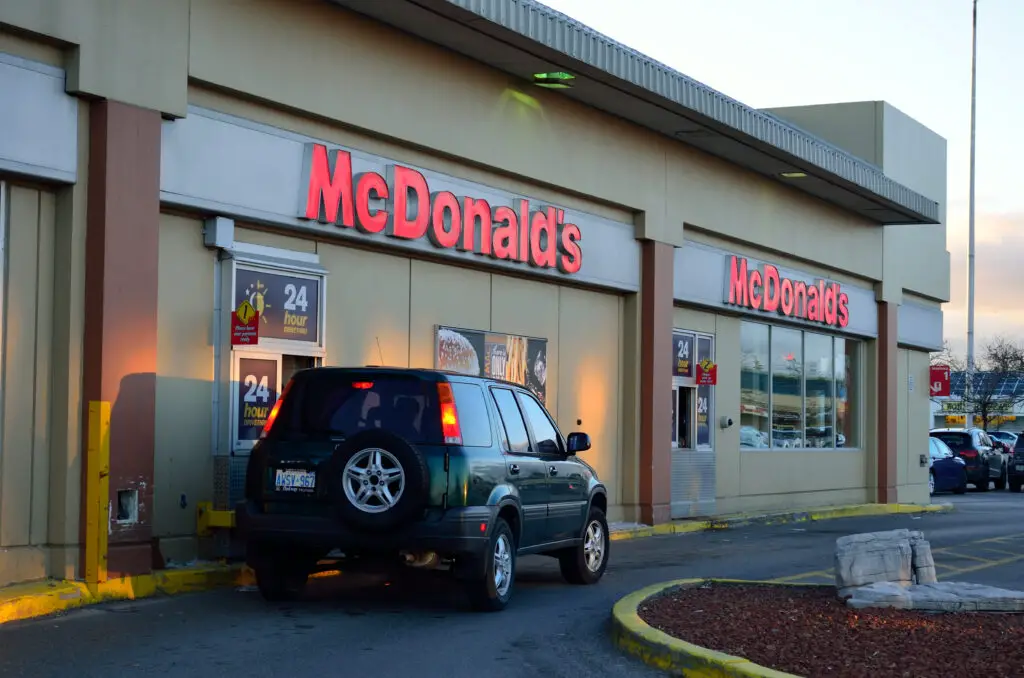
Fast food drive-thrus are common worldwide, but in the U.S., the concept has expanded far beyond just burgers and fries. Coffee shops, pharmacies, and even some sit-down restaurants now offer drive-thru service, allowing customers to pick up food or essentials without leaving their car. This convenience-driven approach caters to America’s fast-paced lifestyle, where efficiency often takes precedence over leisurely dining. Whether grabbing a morning coffee or picking up a prescription, many Americans prefer the ease of drive-thru service over going inside.
Some restaurants have taken the concept even further by creating drive-thru lanes specifically for mobile orders. Chains like Chick-fil-A and Starbucks have even implemented multi-lane systems to handle high demand. While many other countries still prioritize dining as an experience, American consumers frequently prioritize speed and convenience. The drive-thru culture is a reflection of a broader trend in the U.S., where food and services are expected to be quick, accessible, and easy to obtain.
